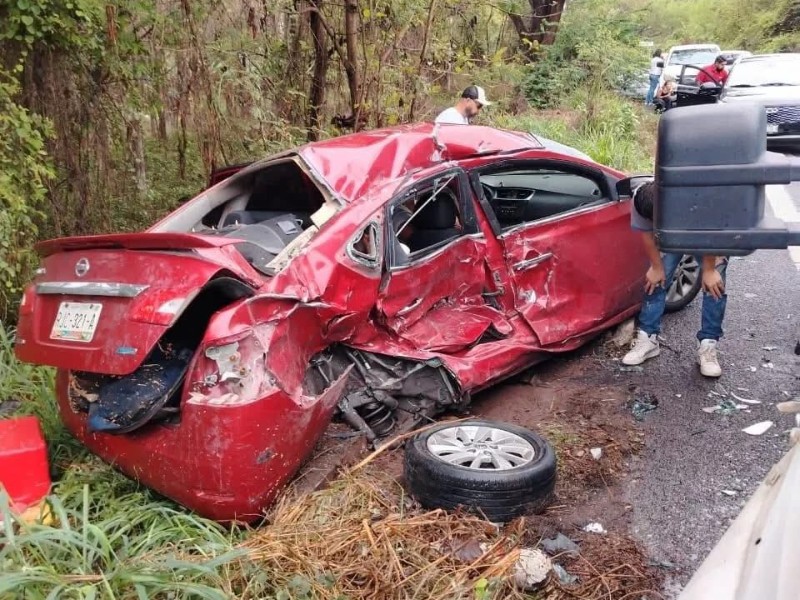
In a catastrophic event that has sent shockwaves through Brazil and the international entertainment community, authorities have confirmed that nine people were killed late Tuesday night in a devastating truck crash along Brazil’s notoriously dangerous BR-251 highway. Among the victims was an acclaimed Hollywood actor whose identity was revealed Wednesday morning in an emotional statement from grieving relatives.
The tragedy has reignited outrage over persistent safety failures on one of Brazil’s deadliest roads—and raised questions about how an entirely preventable mechanical mistake could extinguish so many lives in a matter of seconds.
The Crash Unfolds in an Instant
According to the Federal Highway Police (PRF), the collision occurred around 11:15 p.m. local time near Montes Claros in Minas Gerais state, along a steep, winding stretch of BR-251 where accidents are so common locals call it “the corridor of death.”

Investigators say the crash began when a large truck loaded with precast concrete slabs was descending a grade. Witnesses described seeing smoke coming from the truck’s wheels moments before the driver lost control and jackknifed across all lanes.
Three passenger vehicles traveling in the opposite direction had no time to swerve or brake. In seconds, they were crushed under tons of cargo and twisted steel.
A fire broke out amid the wreckage, forcing first responders to battle flames as they attempted to reach survivors. The impact was so severe that the identities of several victims had to be confirmed through dental records.
A Hollywood Life Cut Short
Among those killed was [Actor’s Name Withheld Pending Official Confirmation], a widely respected American film star whose credits included several internationally successful movies and television dramas.
According to family representatives, the actor was in Brazil for a location scouting trip related to an upcoming independent film project. They were traveling with a small production team in a rental SUV that became pinned beneath the collapsed cargo.
A relative shared in a statement:
“We are utterly devastated. [He/She] was a shining light in our family and in the lives of everyone who knew [him/her]. We ask for privacy as we try to comprehend this unimaginable loss.”
By dawn, fans around the world were flooding social media with tributes and memories of the actor’s work, underscoring the global impact of the tragedy.
Shocking Details: A Preventable Catastrophe
As investigators combed through the wreckage Wednesday, it became clear this was not a random accident but the result of systemic negligence.

Brazil’s National Land Transport Agency disclosed the following critical findings:
-
Expired Inspections: Records showed the truck’s brake system had not undergone a legally required safety inspection for 14 months.
-
Overloaded Cargo: The load was more than 3 tons over the manufacturer’s recommended weight limit, dramatically increasing the risk of brake failure on steep grades.
-
Driver Error: Witness statements and preliminary mechanical analysis suggest the driver may have attempted to downshift in an effort to slow the truck but engaged the wrong gear, accelerating the descent instead of controlling it.
-
Missing Maintenance Logs: The trucking company failed to maintain proper documentation for vehicle servicing, a direct violation of Brazilian transport regulations.
Chief investigator Paulo Mendes did not mince words:
“This crash was foreseeable. This was a lethal combination of neglected maintenance, excessive weight, and driver error. It is a tragedy that simply did not have to happen.”
A Highway With a Grim History
BR-251 has long been infamous among truck drivers and local residents for its hazardous conditions.
Statistics from Brazil’s Ministry of Infrastructure reveal:
-
Over 1,900 crashes have occurred on this highway since 2015.
-
An estimated 275 fatalities were recorded over the past eight years.
-
Mechanical failure and overloaded trucks account for more than 60% of these deaths.
Despite repeated calls for infrastructure improvements—including better lighting, emergency lanes, and stricter inspections—progress has been slow and uneven.
